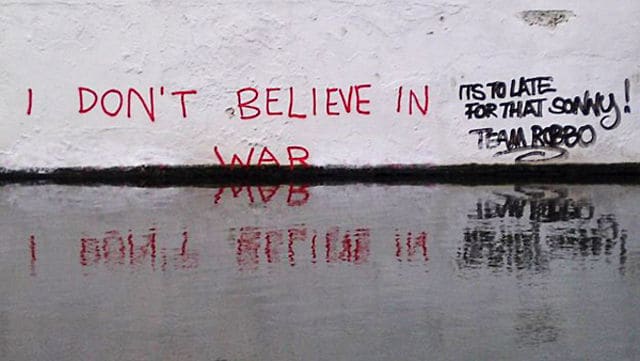Last week we asked our readers and contributors what are the obligations of a critic writing about a political work of art. This is one of several responses we will publish throughout the week. The debate started with a review and its follow up.
No one who makes art has to abide by the equal-time-to-Democrats-and-Republicans rule that network television does for unpaid political content. After the state of the union, the party out of the White House is permitted to give a rebuttal. It’s obvious, of course, that artists aren’t licensed by the government, and the truth they attempt to embody or communicate has no pretensions to “fairness” or “objectivity.” At the same time, let’s consider art that unapologetically extolled the murder of children. When Jonathan Swift did it, it was clearly satire. (I sometimes wonder if the existence of satire means nothing can be objectionable and beyond the pale because it can always be dubbed satire. But I’ll leave that for another discussion.) Clearly though, a critic can discuss how well the satire worked, whether it had redeeming value, etc. Even given that, Steinhauer is under no obligation to discuss the Iraqi dead, just as Hammond, the artist, is not obligated.
But there is obligation and then there is wisdom. A great reviewer or critic should, in my view, be context-hungry. In other words, she should consider what choices the artist had given the subject matter and what others have done on the same subject, and compare them with the art under review. The critic should also be at the ready to discuss, in the case of a war memorial, the public perception of the war. As such, I think the better review would have brought up the Iraqi dead. It might not be necessary to say that Hammond should have included the Iraqi dead in her art. But the review without it strikes me as unawake to the problematized relationship created by the relatively low number of American dead compared to Iraqi dead. Finally, I think Hammond is a serious and wonderful artist, but I find the fallen leaves to be sentimental.

